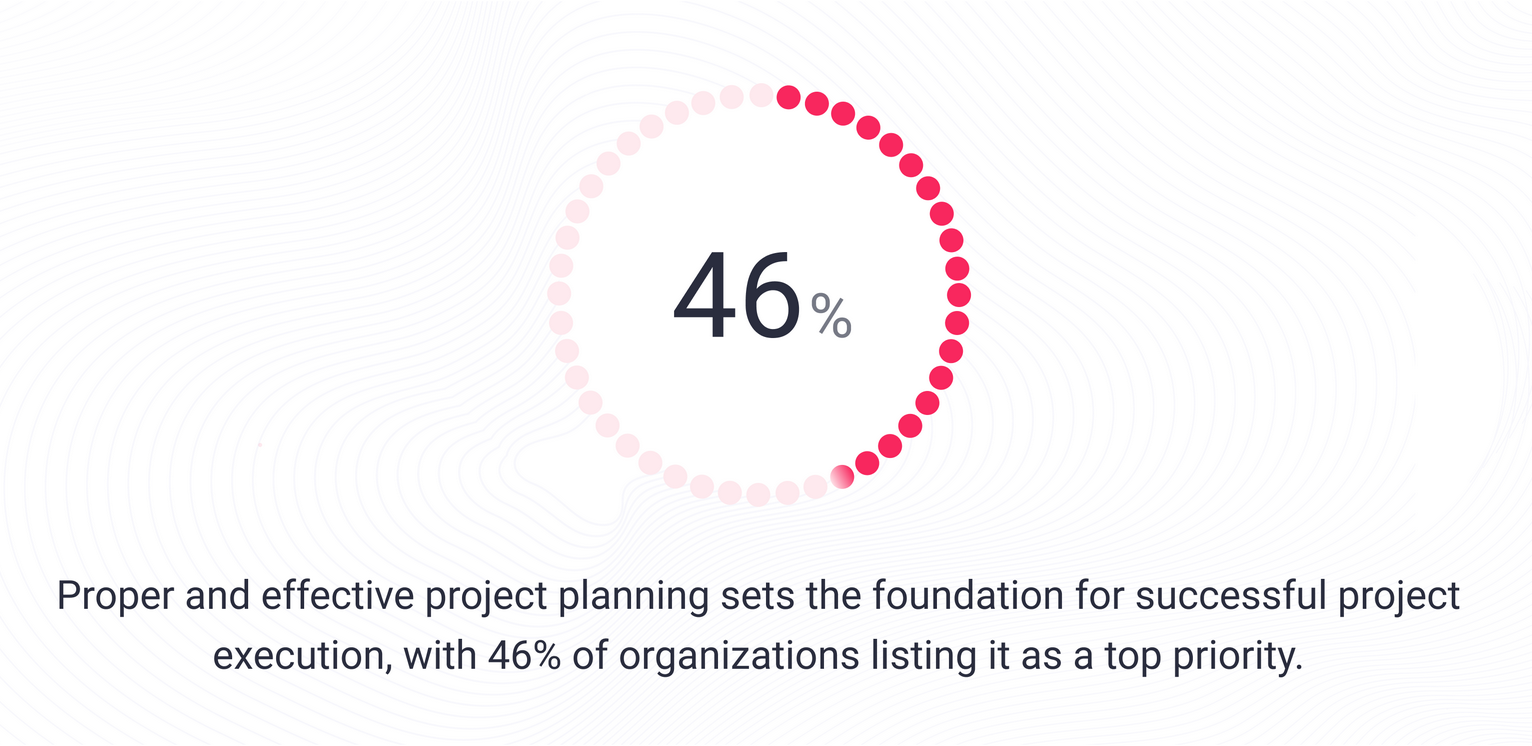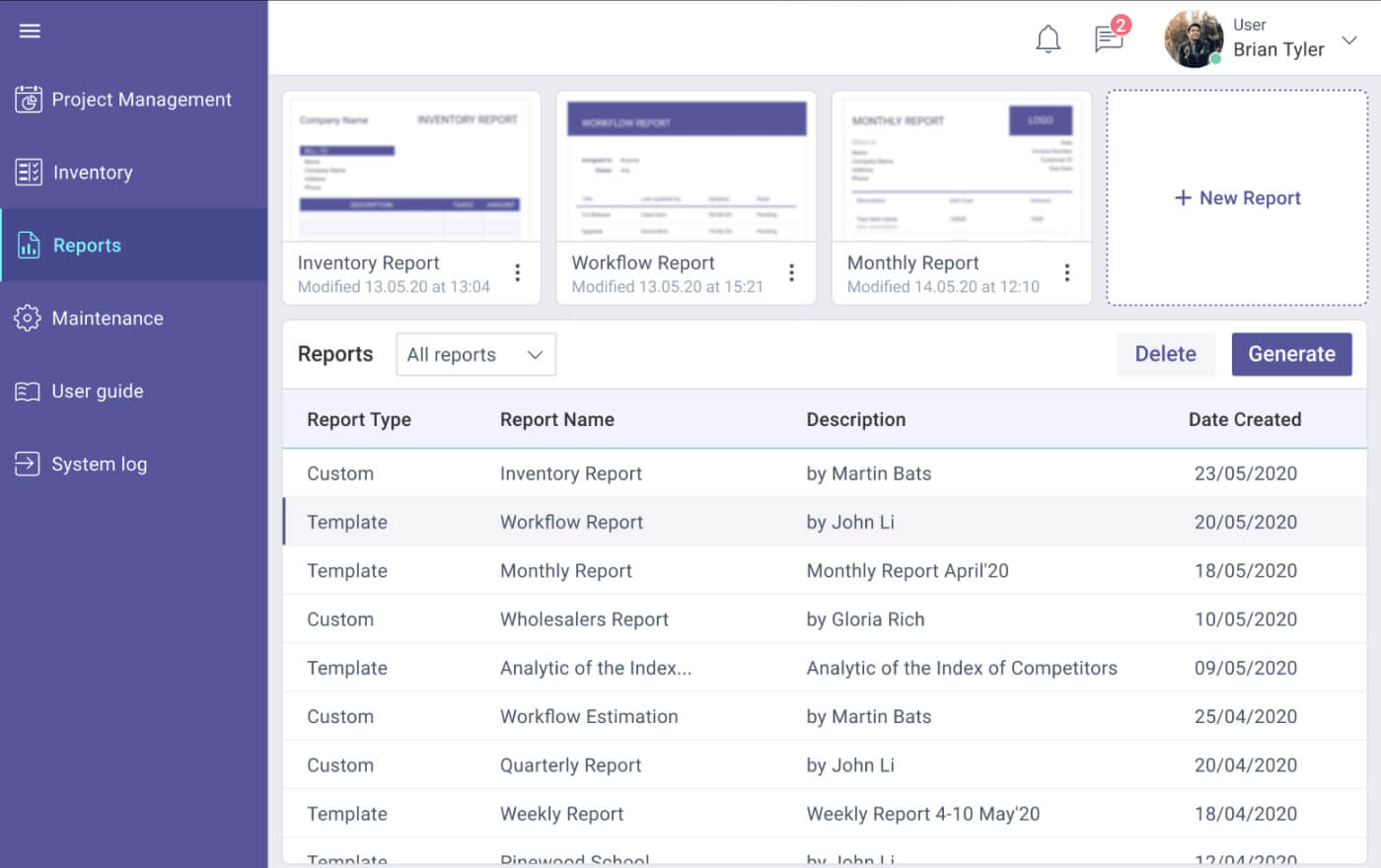Project Execution Plan (PEP) vs Project Management Plan (PMP): Which One Do You Need and Why Is It Both of Them?
Have you ever been involved in a project, either as a team member, a leader, or a stakeholder? Projects are everywhere, from building a house, to launching a new product or organizing a wedding. They are diverse, varying in size, complexity, duration, and resources. So, it’s not a big surprise, if you participated in one or two. It means that you know how challenging and rewarding it can be to work on something that has a clear goal, a defined scope, and a specific deadline.
But what makes a project successful? How do you plan, execute, and manage it effectively and efficiently? A lot of questions need to be answered, and most of them can be found with the help of a project execution plan and project management plan. How can they help? Let’s find out!
Project Execution Plan vs Project Management Plan
If you are involved in a project, you should have heard of these two terms. But, do you know their differences and how to use them? Can they even be used at the same time? Let’s investigate, Sherlock!
Project Execution Plan
A project execution plan, or PEP, is a document that describes how the project will be carried out, focusing on the actions and deliverables of the project team. With PEP, you are able to define the roles and responsibilities of the project team members and stakeholders, because it helps you to plan, monitor, and control the project activities by covering the what and why. Usually, it is prepared by the project manager to be approved by the client later.

Source: Quixy Project Management Statistics
Creating a project execution plan is a good way to outline the following elements of your project:
- Project scope. All your project goals, objectives, and deliverables are gathered here. You need to explain what the project is about and why it is important. Also, describing the project boundaries and limitations leads your team to an understanding of which outcome to expect. The scope of the project is intended to set the expectations and requirements of the stakeholders and avoid any scope creep or changes that are not agreed upon.
- Quality and technical standards. PEP also includes the specifications of the quality and technical criteria that your project deliverables must meet in order to ensure and measure the quality and technical performance of your project. Take into account all the activities, tools, methods, and, of course, standards that you will use during the project management process. Considering all these details will help you to deliver a high-quality and reliable product that meets the customer’s needs and expectations.
- Resource allocation. Besides the project scope and quality standards, a project manager has to list the human, material, and financial resources required for the project. It is also important to consider the skills of your project team members and find out who is available for the task to provide them with the necessary training, tools, and support. Allocating all the resources helps project managers to optimize their usage and reduce the waste and cost of the project.
- Project schedule. All the tasks and activities you included along with the assigned roles and responsibilities have to be allocated according to the schedule you have. So, estimate the duration, effort, and cost of each task and create a timeline or a Gantt chart to show the sequence and dependencies of the tasks. Project management software can lend you a helping hand in this case. In general, the project scheduling helps you to create a realistic and achievable project execution plan and track the progress and status of your project.
- Risk management. Don’t forget to identify and analyze the potential risks that could affect your project, because you will need to know how to mitigate or avoid them. You should monitor and review the risks throughout the project lifecycle. Risk management helps you anticipate and manage the uncertainties and challenges of your project and reduce the negative effects on your project.
Read Also How to Estimate Cost of Fixed Price Projects
Project Management Plan
So, what about the project management plan? Let’s see if it differs from PEP. Project management plan, or PMP, describes how the project will be managed and which processes and procedures should be done. It means that its main focus is on when to do and how to do it.
This type of planning is also prepared by the project manager, and it covers the procedures that you will follow to plan, execute, monitor, control, and finish the project. Some consider PMP as the overall plan, while the PEP is more specific to a field and is a part of PMP. Others see them as two separate stages of the overall project management process, divided in three stages (project governance, project management, and project execution).

To better understand how PMP differs from PEP, let’s look at the elements that are usually included in it:
- Project overview and baselines. This element is similar to the information you gather for a project execution plan, however it is a more summarized version of the project goal, scope, deliverables, responsibilities, milestones, etc. All the project expectations and constraints about the costs, schedule, and progress can also be a part of this element. The key here is to give a high-level view of the project and show why it is important. Of course, if you use both plans, then you can leave this part to PEP.
- Project processes. The processes you mention in the project management plan cover a more broad perceptive, including the methods and tools that you will use to manage the project activities and deliverables and all project management processes connected to initiating, planning, executing, monitoring, controlling, and closing. Basically, all the similar details you included in PEP can be transferred here and topped with other plans or documents.
- Change management plan. Here is when the differences become more clear. Change management plan is created to describe how your team will handle any changes that may affect the project scope, the schedule you decided on, costs, outcome quality, or any other aspect of the project. It usually includes the details on the change request process, the change log, and the analysis on the impact that changes may bring. It helps you to manage the project changes in a controlled and systematic way and also avoid any conflicts or other negative effects.
- Configuration management plan. In this plan, you describe how you will identify, document, store, and track the project deliverables and their versions. Therefore, you need to include the items planned for configuration and use systems that will help you to deal with audits and status reports.

Source: Reporting Module for Project Management Application
- Performance measurement plan. This is where you describe how you will measure and report the project performance and progress, using the project baselines and the project metrics. The plan usually includes the performance indicators, the performance measurement tools, the performance reports, and the performance reviews. Using online scheduling systems in this case helps you to monitor and control the project performance and progress as well as communicate the project status and issues to the project team and stakeholders.
- Other subsidiary plans. Besides the types of plans we mentioned, these are also other documents that can be used in the project lifecycle by addressing the specific aspects of the process. For example, the scope of services document may be needed, or a client will offer some other option. It all depends on the project, meaning that you may also create just a project management plan that will include everything, or just use a couple of other options instead of going full house.
As you can see, the main difference between these two is the level of detail and the purpose. The PEP provides a strategic overview of the project and its execution, while the PMP offers a comprehensive guide for the project and its management. Both plans are important for any project, and they should be aligned and consistent with each other. They should also be updated and revised as the project progresses and changes.
So, keep in mind that the project management plan and project execution plan are not mutually exclusive, but rather complementary. They both help the project team and stakeholders to understand and execute the project successfully.
Read Also Float Like a Butterfly, Sting Like a Bee: How BFS Contract Changes Your Perception on Product Development
Are the Processes of Creating PEP and PMP the Same?
No, the processes of creating a project execution plan and project management plan are not the same. If you still have some confusion, we can help you out. They both cover the same areas (project scope, the scheduling process, cost and resources allocation, quality assurance, etc), but in different levels of detail and emphasis.
Thus, the process of creating a PEP involves some of the following tasks:
- identifying the project goal and scope (by using SMART, OKRs, and other tools),
- mapping out the project deliverables and milestones (you can use scope statement or a scope triangle),
- estimating the project duration, effort, cost,
- allocating the project resources,
- identifying and managing the project risks,
- defining and ensuring the project quality,
- establishing the project communication plan.
As for the process of creating a PMP, it usually involves these activities:
- reviewing the project goal and scope,
- defining the project baselines for scope, schedule, and cost if not previously stated,
- developing the project processes for each project management knowledge area,
- creating the change management, configuration management, performance measurement and other plans,
- sharing and confirming the plan with the project team and stakeholders.

After all the plans are reviewed and confirmed, the path doesn’t end here. Once your project is delivered, you should hold a project post mortem meeting with your team and stakeholders. It will help all of you to evaluate the project performance and outcomes. Document the lessons learned and best practices from your project and share them with your organization and future projects to improve and grow together. Also, don’t forget to recognize the achievements and contributions and thank each other for the support and collaboration.
Software Requirements Specification Template
To make it easier for you, XB Software prepared a Free Software Requirements Specification Template. It is ready to use and captures all requirements.
Get Free SRS Template
Conclusions
As you can see, PEP and PMP are both vital for the project management process and project lifecycle. They can be used interchangeably or together at once, but they for sure greatly help all project participants to be on the same page.With their help, the project team and stakeholders understand how to execute the project successfully and get the expected results.
It is also important to have a team of relevant specialists. So if you lack some or want to have a dedicated team of developers with an experienced project manager who will create all relevant documents, contact us, and we will gather the team based on your needs.





.png)
.png)
